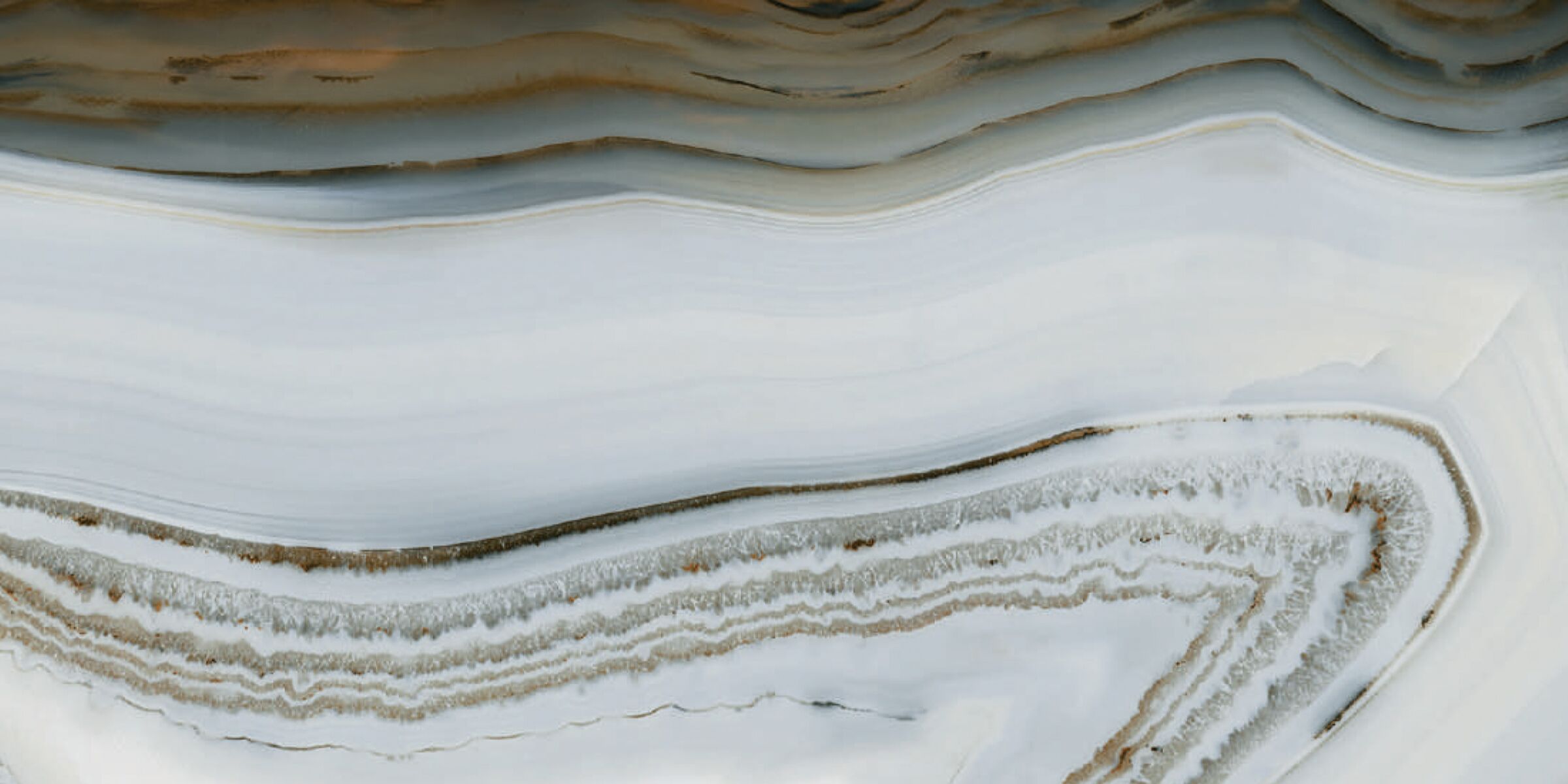A homeowner or company owner may need help choosing between marble or porcelain tiles due to the numerous excellent options available. The two materials are entirely different, despite the fact that they occasionally even resemble one another (as porcelain can be designed to resemble marble).
What is the difference Between Marble and Porcelain?
It’s crucial to understand both before choosing one or the other to make a sound decision. Before you begin redesigning your kitchen or bathroom, take into account the following factors.
Origin
Marble: Marble is classified as a metamorphic stone since it is a sedimentary rock (limestone) that went through a metamorphic transformation. Deep below the earth, sediments and buried plant life combine over an extended period to form sedimentary rocks. These sedimentary rocks change into marble when subjected to extremely high heat and pressure. Through this process, extra minerals that could be responsible for marble’s captivating colors are introduced into the stone.
Porcelain: Porcelain is made by heating kaolin and China stone to a heat of around 1400°C. While the temperature makes the China stone very durable, the kaolin allows the product to maintain its shape. In the clay, elements like feldspar and silica add to the material’s strength and beauty rather than weaken it. To improve the decorative appeal of porcelain surfaces, a colored glaze is applied. This will enable you to mimic the natural stone design on porcelain countertops or tiles. You can also order your porcelain unglazed if you want to keep it simple.
Appearance
Marble: The advantage of marble surfaces is their distinctive and natural appearance. The veins typically flow through the surfaces, which are generally gray or cream in appearance. The characteristics of each surface vary. For making tiles, marble stone is measured and cut and finished on a side to produce a uniform appearance and thickness. The process is the same for countertops but with a much bigger size. Marble is also available in other colors that depend on the impurities it was exposed to during the metamorphosis.
Porcelain: Porcelain is mostly used to make ceramics, but it can also be used to make countertops and floor tiles. However, to improve its visual appeal and make it appear more like genuine natural stones, a coat of colored glaze must be applied. As it is a manufactured material, the design options are practically endless.
Durability
Marble tile can withstand everyday wear if it is cleaned, maintained, and regularly sealed. But it is easily damaged, can break if something large is dropped on it, and spillage needs to be cleaned up very away. High gloss marble surfaces require routine polishing and sanding, which needs to be done by a professional to keep them looking good.
Because it is thick and robust, porcelain is one of the best choices for floors or counters. Since it does not soak up moisture, it is perfect for high-traffic locations that might come into touch with water. However, spills should be cleaned up as soon as possible to avoid staining or harming the grout (cement used to seal the joints). Expect porcelain to last a lifetime as long as the tile or countertop is unharmed.
Maintenance
Marble: Being a natural stone, marble is porous and needs to have its surface sealed to avoid getting permanent stains. It is advised that you reseal the marble every six months or at least a year, depending on the traffic it gets. The polish might be damaged by mild food acids like lemon juice or vinegar. Specialized cleaning supplies can be required, depending on the type of stains. In addition to scratching and breaking, marble is also prone to chips and cracks.
Porcelain: Ceramic clay is used to create porcelain tile, which is then baked in a kiln to give it its extreme hardness and durability. It can be cleaned easily and is moisture and stain-resistant. However, despite the fact that the material is strong, the grout used during installation is more susceptible to moisture and needs a surface sealant to stop water absorption. In the event that it does become wet, it may damage the floors or countertops and help in the formation of mold.
Cost
Marble: Today’s market prices for marble countertops typically vary from $50 to $100 per square foot. The type, amount, and grade of marble chosen are the factors that influence installation and material costs. Expect to spend more than $200 per square foot if you enjoy using exotic marbles.
Porcelain: Slab porcelain countertops cost $50 to $100 per square foot to install, depending on the material, the kind of beveled edge you want, and the difficulty of the project. The price per square foot will likely increase if there are more corners and cutouts.
Conclusion
Marble can be used in locations with high moisture levels if it is sealed and maintained properly, contrary to some builders who advise installing porcelain in damp areas. Even if it is water resistant, porcelain is significantly more slippery than marble; therefore, that must also be considered. Picking marble is a good decision if you want something that will appeal to everyone. Porcelain, however, can also offer a way for you to customize a unique design. Everything depends on your preferences.

